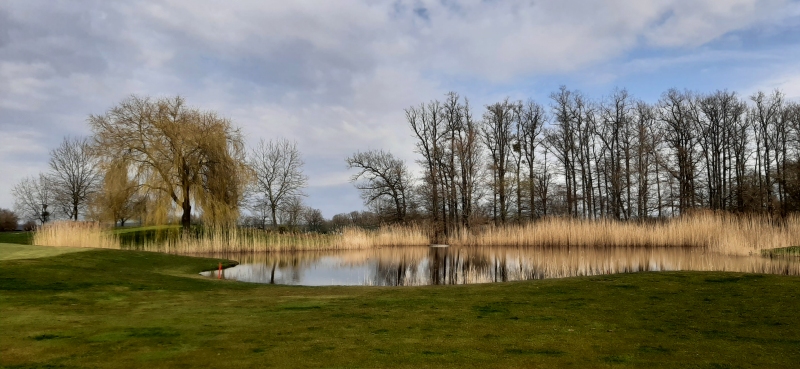In a conversation, a friend was describing his latest holidays and how he had experienced a culture with an easy-going togetherness.
It reminded me of a simple detail I regularly experience when I’m taking the Tube in London and find myself on the escalator. It’s a situation in which I always have the choice to speed up and move past others or to queue and move with others in the queue at the escalator’s speed. It’s a situation and choice I appreciate as contributing to an easy-going togetherness. When I come back to Luxembourg, one of the first things I’ll notice is how that choice doesn’t exist. If I want to speed up, I have to ask people if they would be so kind as to let me pass, or I’ll experience people trying to squeeze past others.
It seems like a little detail, but it will show in many situations and describes how a culture installs ways to pay attention to others or provides choices and how this transforms togetherness.
These are rules that are an implicit part of the culture one participates in. Violating these rules will lead to being called out, or to being reminded of expected politeness or respect.
It is mainly when they are violated that people will notice the existence of such a rule. Quite often, there is little awareness in a culture that such a rule can be a reason to be grateful for other people’s behavior, and for their willingness to attend to an existing sense of community.
That is what often makes it hard to transform or shape a culture. When leaders seek to transform a culture in which people have become used to violating rules the leaders mainly have the choice between adding rules or changing the rules.
When they add rules, it usually makes things more complicated and establishes a method that allows to shame others. It is an effort to gain control over people and their changed habits. There is logic in it, as shaming is a human approach to dealing with people who are not complying with existing rules. It is a method that has stayed with us over centuries and helped shape life in groups.
A more difficult way to transform a culture is through changing rules. It is more difficult as it takes more time for new rules to become known and used. It also asks everyone to transform their habits. But it may be what needs to be done to accommodate the changed circumstances. Culture is influenced by the possibilities developed within the culture as well as the influence it is subject to from the outside. A consequence is that existing rules may not serve their objective anymore.
Whatever path is chosen, the new rule will only become active if enough people role-model it. An alternative is that enough people react to those who don’t comply with the new rules, that is if enough people dare to hold others accountable and potentially shame them.
If this doesn’t happen, the rules governing togetherness become subject to people’s comfort and avoidance of the opportunity to shape togetherness with others. It becomes a selfish process.


